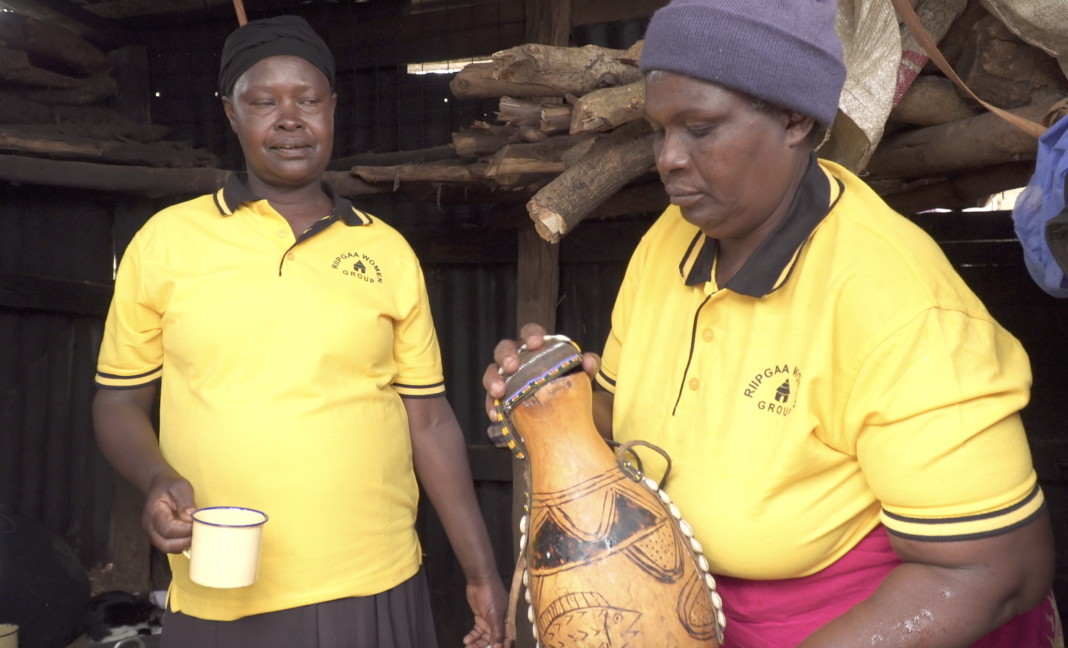What you should know
Mursik is the Kalenjin word for fermented milk. The Kalenjin people of Kenya are famed for their athletic skills and political dominance. They are primarily found in the Rift Valley Province. Mursik is made in a calabash gourd called locally the Sotet, which is lined with soot from specific trees to add taste. It is often served at room temperature and eaten alone or with cornmeal mush (Ugali). Ugali and mursik is a delectable African dish.
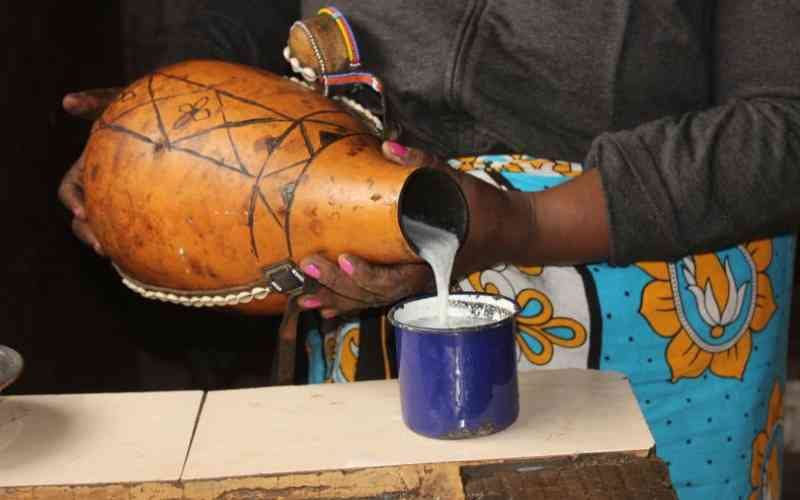
Origin of Mursik
Mursik technology is derived from the Kalenjin people, for whom milk is a primary food. Around 300 years ago, the society developed the unique milk preservation process by utilizing indigenous tree species. The method was developed in response to the need to reduce waste by preserving and storing extra milk during the dry season.
Did you read this?
Mursik preparation
Milk treatment has generally been reserved for women; nevertheless, men do occasionally practice the skill. Extreme caution must be exercised during the gourd preparation and milk fermentation processes, as well as strict adherence to cleanliness standards.
Depending on the amount of milk available, a considerable quantity of Mursik can be made at once, or tiny amounts of milk can be put into a prepared gourd daily until it is complete. The fermented milk serves as a culture for the new dairy and speeds up the fermentation process. Mursik's flavour is affected by various factors, including the quality of the milk used, the method used to clean the gourd, and the time taken before the milk is served. The following factors influence cow milk quality: lactation stage, cow breed, and food.
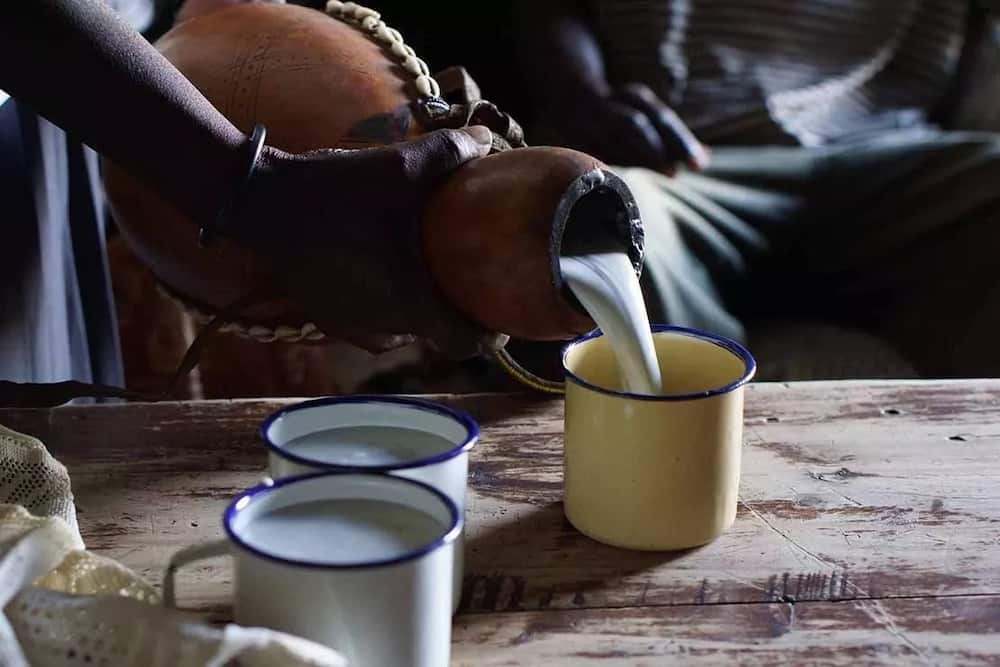
Materials and Tools for Making Mursik
- A dry or fresh gourd can also do so long as it is fully ripe.
- Sharp machete or large knife
- Cow urine
- Palm tree branches
- Dry Ash
- Clean water
- A piece of cowhide
- Several dry sticks from a milk-preserving tree species (preferably Cassia didymobotrya)
- Fire
- A bow-shaped palm stick (sosiot) without bristles
- Milk in a clean jar with a lid
- Water
Step by step on how to make Mursik
Preparing the gourd:
- Using the machete or knife, cut the top of the gourd systematically.
- Remove the seeds and fill the gourd with a water-ash mixture.
- Set the gourd aside for a few days after corking it.
- Pour off the water so that you may clean and cure the gourd.
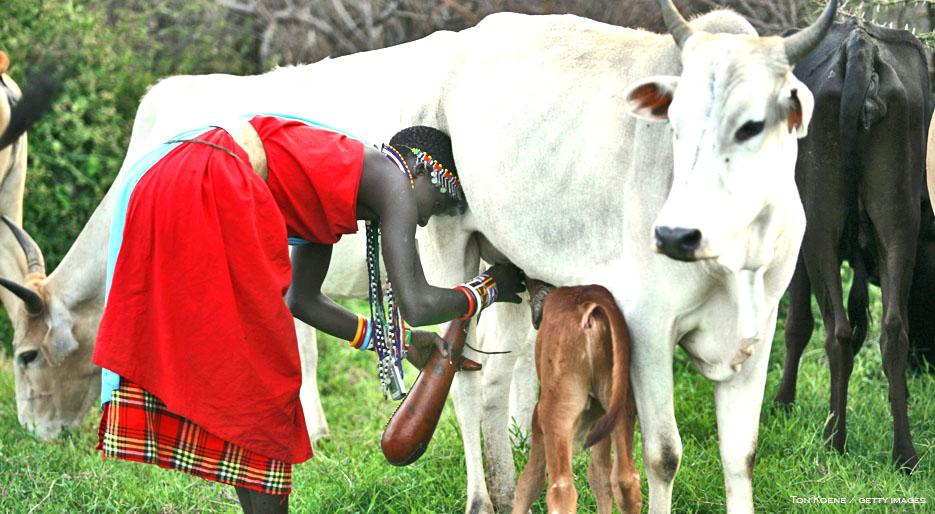
Cleaning the gourd:
- Hit several palm tree branches on firm ground, like a tree trunk, until the edges create brush-like bristles.
- Remove the inner lining of the young gourd with the stiff bristles to ensure that the milk does not acquire the bitter flavour of the gourd.
- Pour the cow urine into the gourd and leave it to cure and season for a few days.
- Pour away the cow urine and clean the gourd again with a bow-shaped palm stick (sosiot).
Treating the gourd:
- Burn the tops of a few sticks from the selected milk preservation tree species to make charcoal.
- Shake the fire embers inside a clean and dry gourd to avoid burning.
- Grind the embers with the bow-shaped palm stick by pressing against the walls of the gourd with the sosiot in an organized, circular in-and-out movement of the hand.
- Repeat the grinding motion until the inside of the gourd is completely covered in fine dust.
- Allow the gourd to cool after removing any large particles and excess coal dust.
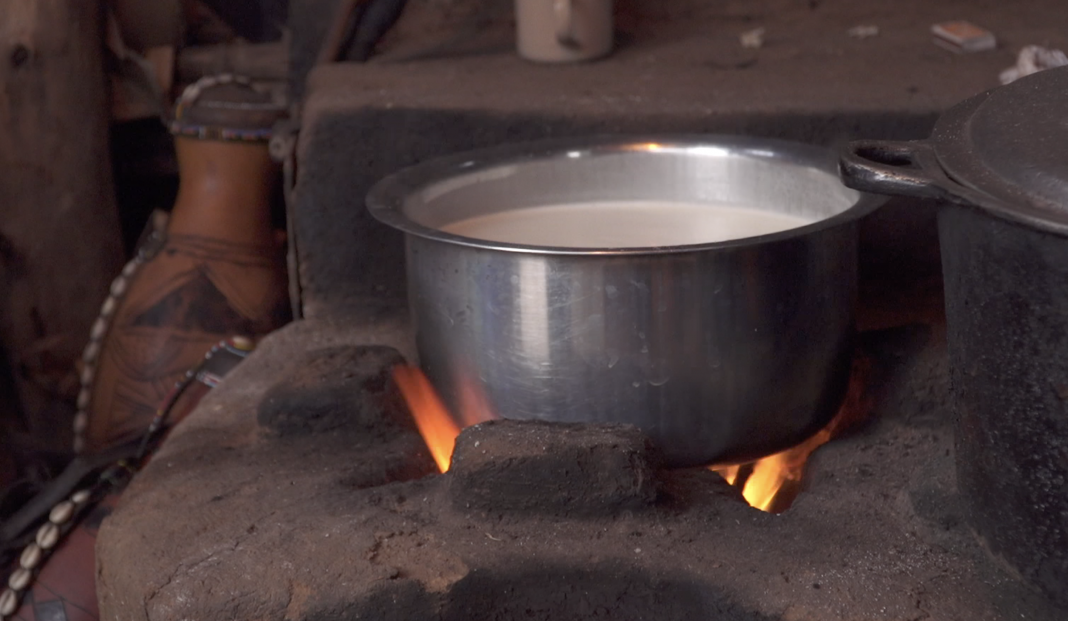
Preparing and treating the gourd lid:
- Make a well-designed, snug-fitting lid for the gourd from animal hide/skin.
- Check to see if the cover fits snugly into the gourd's mouth.
- Applying charcoal dust on the inner side of the lid is the same way as washing and preparing the gourd.
Milking, boiling and preparing the milk:
- Milk the cow and immediately boil the fresh milk.
- Allow the boiling milk to cool and be covered to avoid contamination.
- The cow was traditionally milked directly into a prepared gourd, and the milk was combined with some blood and stored in a cold spot to ripen.
- However, due to changes in lifestyle and broad awareness of the need to enhance sanitary standards, this practice has now ceased.

Fermentation:
- Fill a treated gourd or sotet with cold boiling milk.
- With the treated lid, tightly cork the gourd.
- Allow the Mursik to ripen in a cool, dry place for approximately a week or until it reaches the consistency of sour milk.
Shaking and serving the Mursik:
- Shake the Mursik vigorously to ensure a smooth, consistent consistency.
- After vigorous shaking, good quality Mursik is a transparent liquid with a strong, almost bitter taste that floats white globules of butter.
- Tapping on the skin lid generates a popping sound, allowing excess air to escape.
- Serve Mursik chilled with hot ugali, a Kenyan staple made of maize/corn flour, millet, sorghum, or a blend of several types of flour, during the dry season or on a sunny day.
